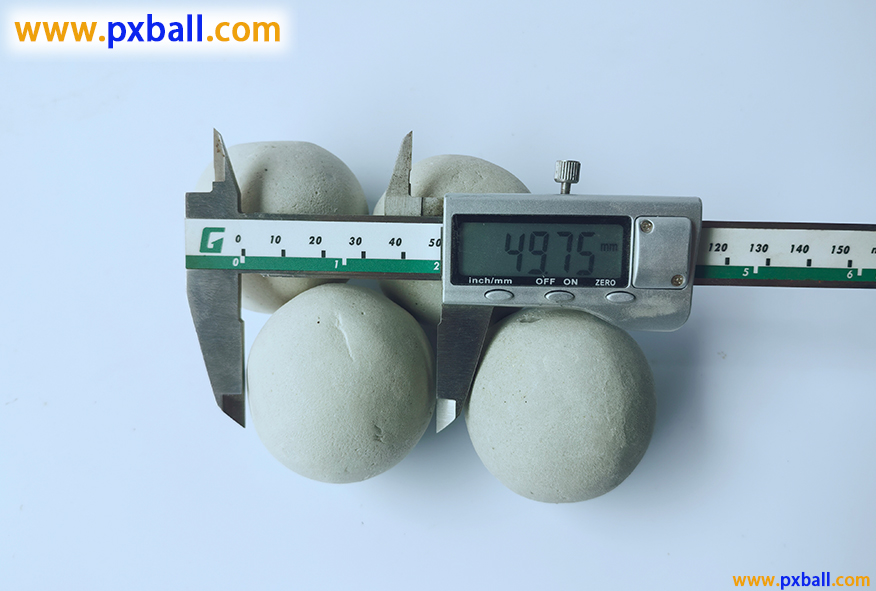
Handmade ceramic balls
Handmade ceramic ball is through the Handmade production process to complete the ceramic products, here to Handmade inert ceramic ball as an example to introduce you
Handmade inert ceramic ball advantages:
1** Good quality ** : - ** Material quality ** : Handmade production can better choose and control the quality of raw materials. Artisans can choose high-quality ceramic materials, such as high-quality kaolin, to ensure that the texture of the ceramic ball is delicate, hard, and has good durability and stability.
2. Excellent performance ** : - ** High hardness ** : high hardness of ceramic material itself, handmade ceramic ball after high temperature firing, the hardness is further improved, has strong wear resistance and scratch resistance, is not easy to be worn and scratched, can maintain good appearance and performance for a long time.
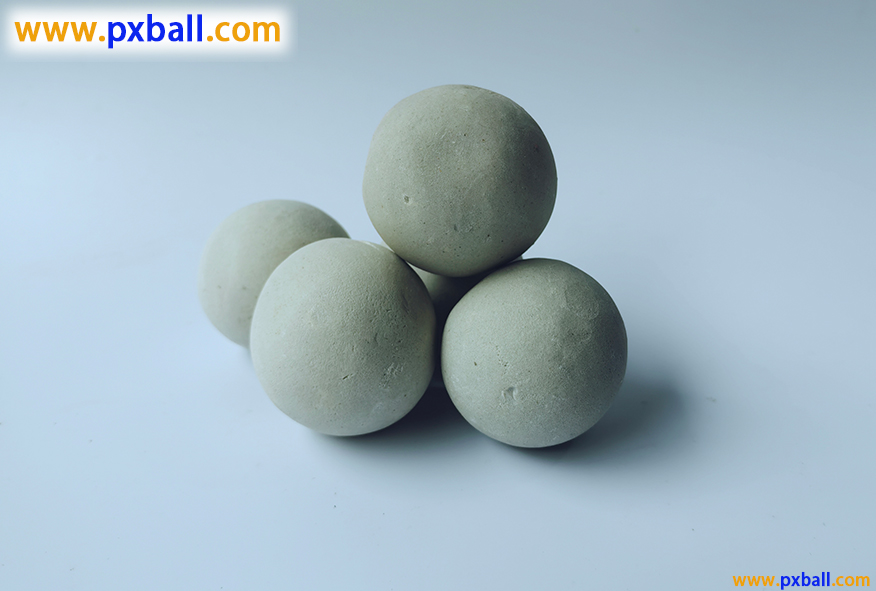
Handmade inert ceramic ball disadvantages:
1. Low production efficiency, long production cycle ** : handmade ceramic balls need to go through a number of complex links, including material selection, kneading mud, molding, drying, grinding, firing, etc., each link requires a lot of time and energy. Moreover, in the production process, it is also necessary to wait for the mud to dry, and the entire production cycle is long, resulting in low production efficiency.
2. Limited production ** : Because Handmade production mainly relies on the hands of artisans and simple tools, the production speed is slow, and the number of ceramic balls that an artisan can make in a day is limited, which is difficult to meet the needs of large-scale production.
3. ** High cost ** : - ** Labor cost ** : The production of handmade ceramic balls requires skilled craftsmen to operate, and these craftsmen need to master the relevant skills after a long time of study and practice, so the labor cost is high. Moreover, the work intensity of Handmade production is large, and the working environment is relatively poor, which will also increase labor costs.
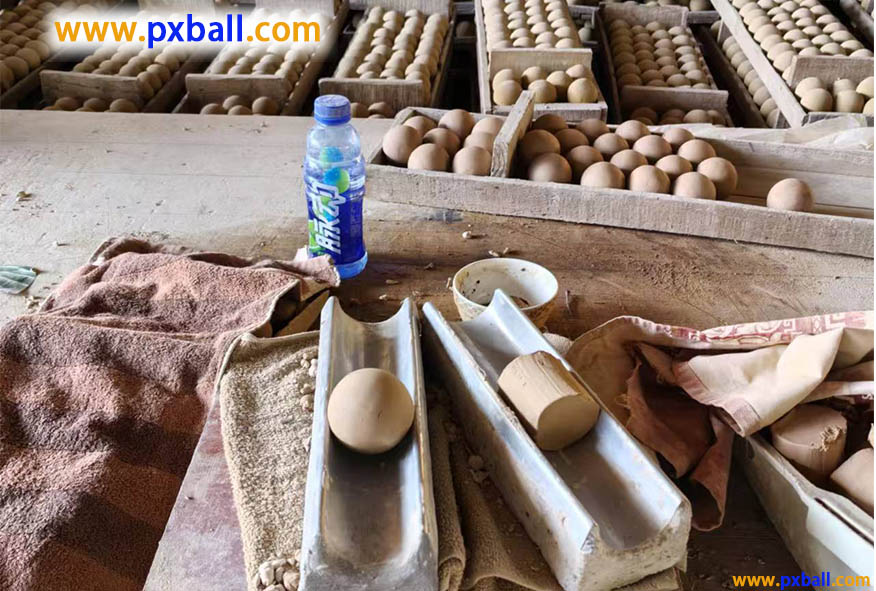
Handmade ceramic ball main process
1. ** Main raw materials ** : Usually kaolin and other ceramic materials as the main raw materials, such materials have good plasticity and viscosity, easy to form in the processing process. According to the specific needs, some auxiliary materials, such as quartz sand, may be added to improve the performance of the ceramic ball, such as increasing its hardness or adjusting the sintering temperature.
2. ** Making tools ** : including boards for kneading mud, rolling sticks, etc. The board should be smooth and smooth so that the mud can be evenly stressed when kneading mud; The rod is used to roll out the clay to an even thickness for subsequent production. -
3, ** Shaping tools ** : such as molds of various shapes and sizes, for some ceramic balls with regular shapes, you can use molds to initially form; There are also engraving tools for engraving, decoration and other fine processing on the surface of the ceramic ball.
4. ** Production process ** : - ** Selection and ingredients ** : Select pure, non-impurity kaolin and other raw materials, and mix and stir with water in a certain proportion to form a uniform mud.
5, ** mud ** : Put the mixed mud on the board, rub it repeatedly with both hands, discharge the air in the mud, make the mud more dense and uniform, enhance its plasticity and toughness, this step is crucial for the quality of the ceramic ball.
6** Molding ** : According to the design requirements, different molding methods can be used. For example, hand kneading molding, by hand kneading the mud into a ball, the shape of the ceramic ball made by this method is more unique, but the size and accuracy may be relatively poor; The mud can also be put into the mold, and the mud can be formed by extrusion, pressing, etc., and the dimensional accuracy of the ceramic ball formed by the mold is relatively high.
7 ** Drying ** : Put the molded ceramic ball in a well-ventilated place to dry, let its moisture gradually evaporate until the mud billet hardens. The drying process requires attention to control the ambient humidity and temperature to avoid cracking and other problems caused by excessive drying of the ceramic ball. 8 ** Firing ** : Put the well-glazed ceramic ball into the kiln for firing. In the firing process, parameters such as temperature, heating rate and holding time need to be strictly controlled. Generally speaking, the firing temperature is above 1000 ° C, and the firing temperature required for different ceramic materials will be different. After high temperature firing, the ceramic ball body will undergo physical and chemical changes, so that it becomes hard and dense, with good wear resistance and corrosion resistance.
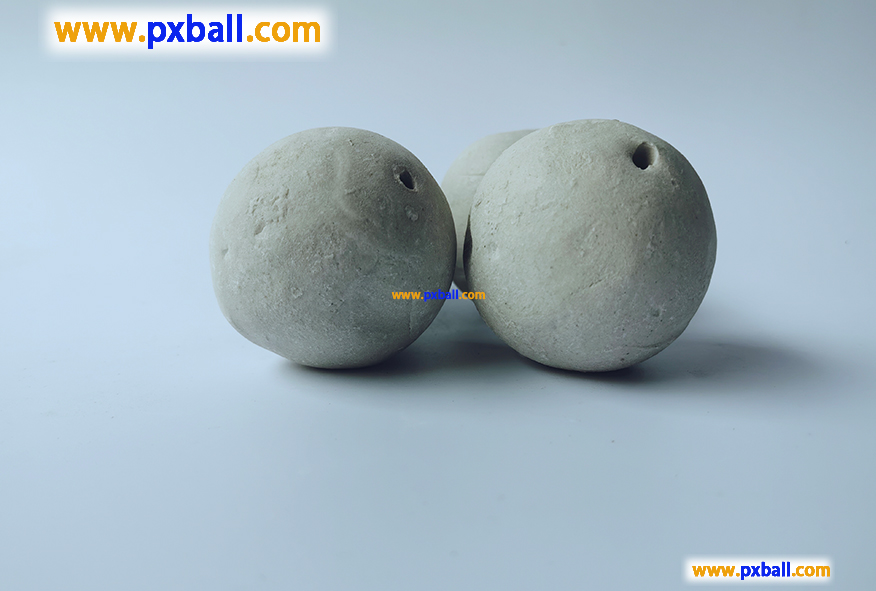
Medium Alumina Ceramic Ball
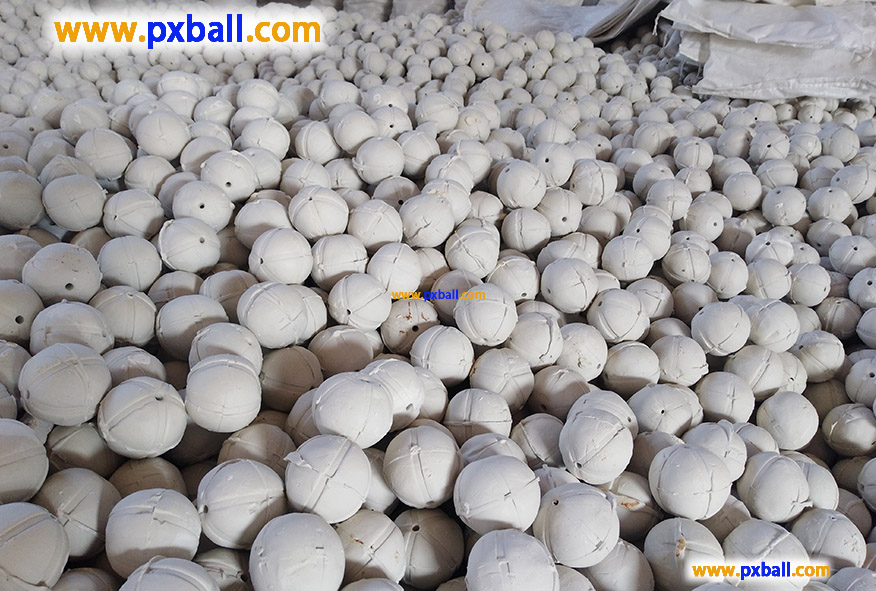
China Porous Inert Ceramic Balls
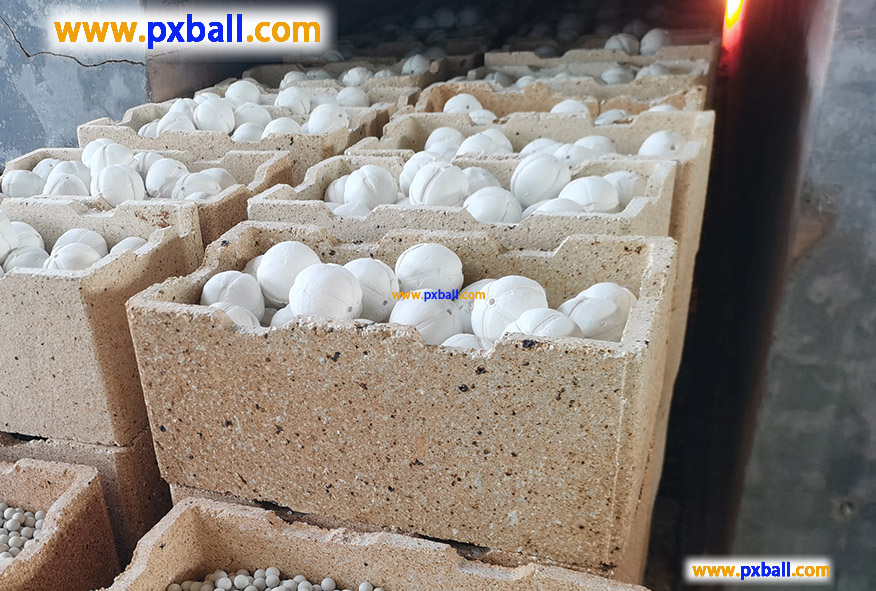
Inert Ceramic Ball Support Media
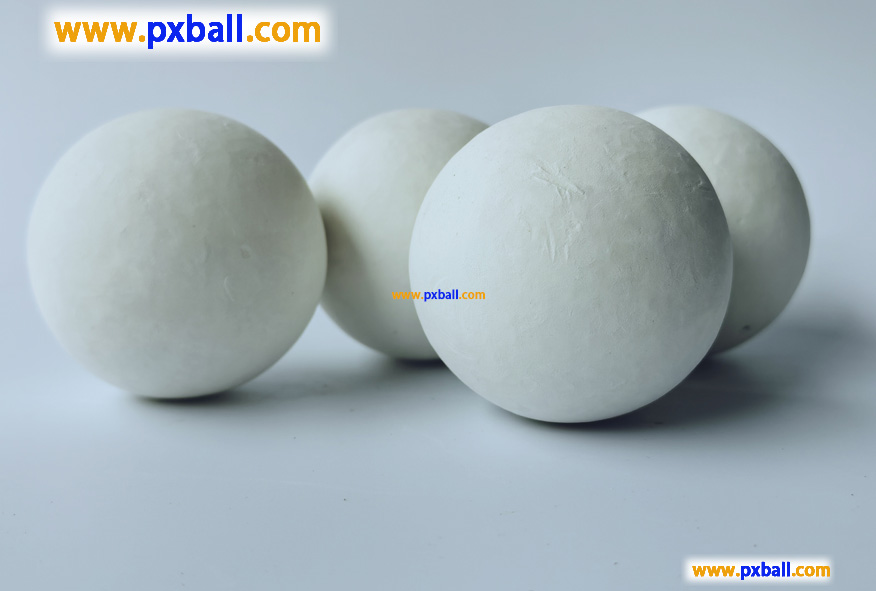
inert alumina ball
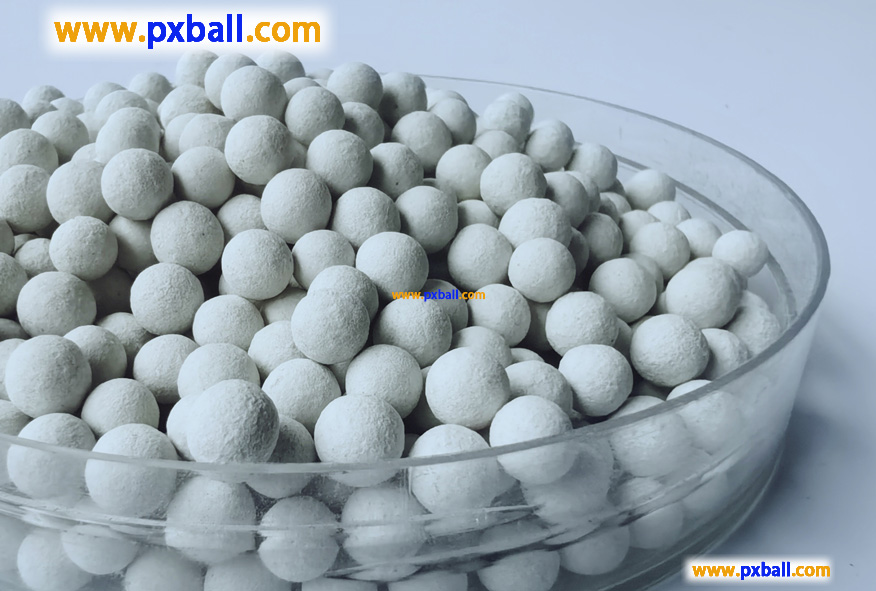
6mm ceramic ball
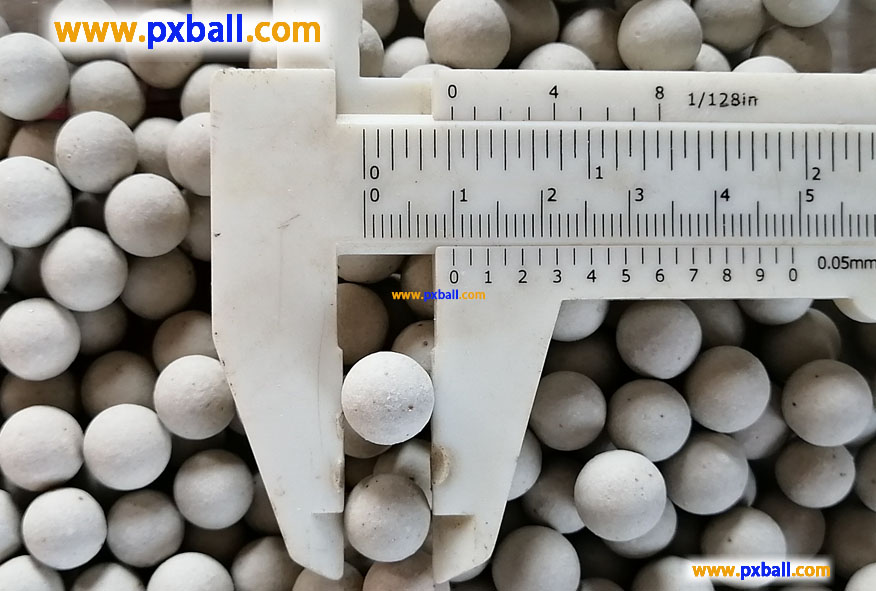
Best low alumina ball
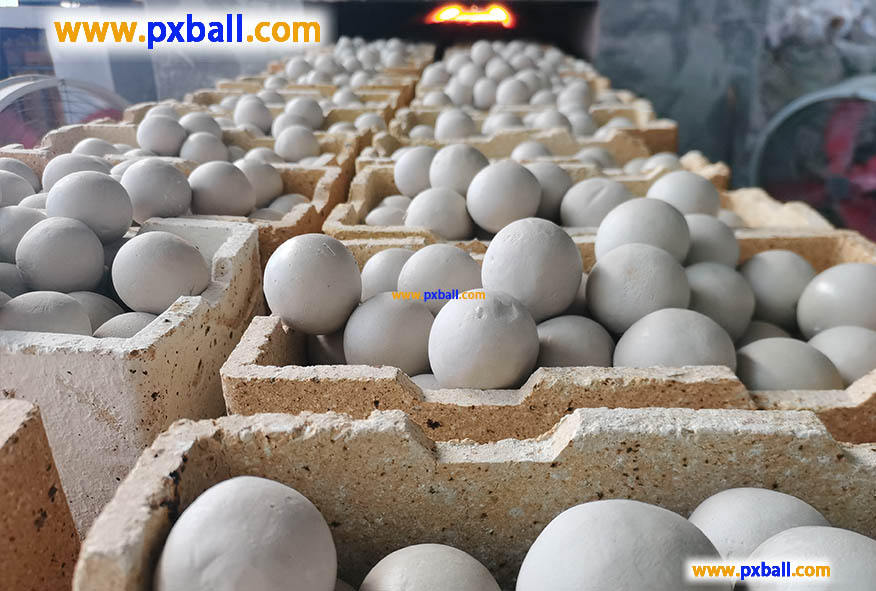
Inert porcelain ball

Handmade ceramic balls